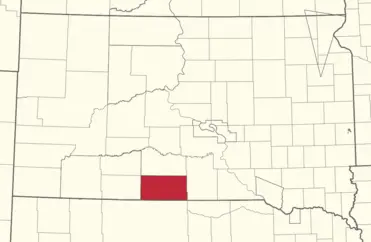South Dakota: A Closer Look at SNAP Dependency Among the Lakota and Other Tribes
Three of the nation’s most SNAP-dependent counties are located in South Dakota, a fact that both highlights the economic challenges in the region and emphasizes the importance of federal assistance programs. According to a report from the Center for American Progress, these counties exhibit some of the highest percentages of federal food assistance participation, making it essential to understand both the significance and the potential impact of changes to the Supplemental Nutrition Assistance Program (SNAP).
In South Dakota, the counties identified as most reliant on SNAP benefits are closely linked with Native American tribal lands, particularly those of the Lakota People and the Rosebud Indian Reservation. These areas reflect the broader socioeconomic challenges faced by many Indigenous communities in the Great Plains and the United States overall.
SNAP’s Role in Supporting South Dakota Communities
The South Dakota Department of Social Services underpins the state’s participation in SNAP by providing Electronic Benefit Transfer (EBT) cards, which enable participants to purchase food essential for their daily sustenance. This is a critical program for many residents in these counties where economic opportunities may be limited, in part due to geographical and historical factors.
Moreover, changes to how SNAP is administered have stirred discussions about their potential impacts on retailers and communities reliant on these benefits. As noted in the report, such changes could disproportionately affect areas with high SNAP dependency levels, creating a ripple effect through the local economy.
The Native American Connection
South Dakota’s ties to Native American tribes, including the Lakota, are also pivotal when discussing SNAP dependency. The history and socio-economic conditions on reservations like Rosebud contribute to the higher reliance on federal food assistance. The close-knit communities within these reservations have historically faced challenges, from systemic inequalities to limited access to education and employment, which often exacerbate reliance on government aid programs.

Rosebud Indian Reservation
Federal Decisions: Local Impacts
The implications of federal decisions regarding SNAP are far-reaching. A recent legal order required the administration to pay around $9 billion for a full month of nutrition assistance, underscoring the essential nature of these benefits during government shutdowns. This ensures that South Dakota residents, particularly in the SNAP-dependent counties, continue receiving the aid vital to their livelihood despite potential federal administrative shutdowns.
These federal measures have broader implications, particularly for Native American tribes in South Dakota. The tribes have historically navigated a complex relationship with federal policies, which impacts everything from healthcare to educational support. Maintaining a consistent level of federal aid, such as SNAP, is integral to supporting these communities.
Engaging South Dakota on SNAP Discussions
The talk surrounding SNAP and food security in South Dakota extends into local conversations aimed at fostering community support and resilience. Engaging in respectful, factual dialogues around these issues is encouraged, as noted by the publication, to ensure constructive feedback and solutions are shared among residents and stakeholders alike.
Furthermore, the Black Hills Pioneer has supported this conversation by providing platforms for community members to discuss SNAP and other relevant topics affecting South Dakota. The newspaper facilitates public commentary and encourages sharing this narrative across social media, which can be crucial in increasing awareness and advocacy.
Conclusion: A Call to Action
As the state navigates the nuances of SNAP dependency, it’s important for South Dakota to explore solutions that can supplement federal assistance. This includes supporting local initiatives that empower economic opportunities for all residents, particularly in the Native American communities that are central to the state’s identity. Continued dialogue and policy engagement will be essential in addressing these socio-economic challenges effectively.